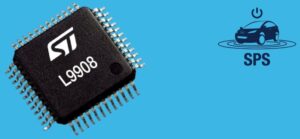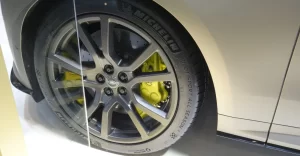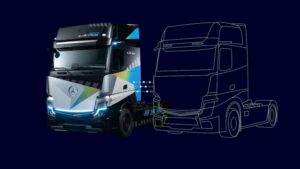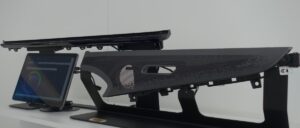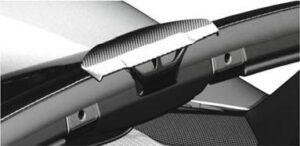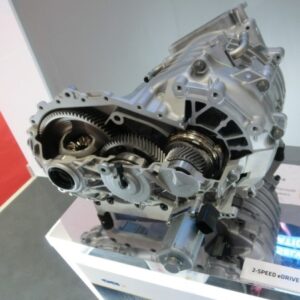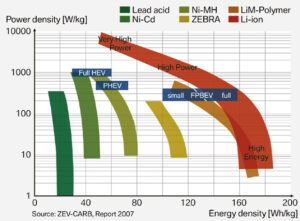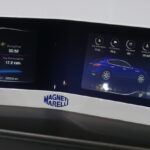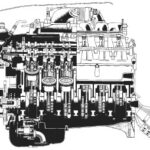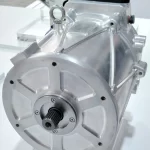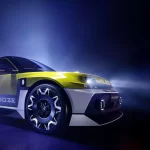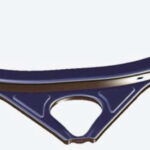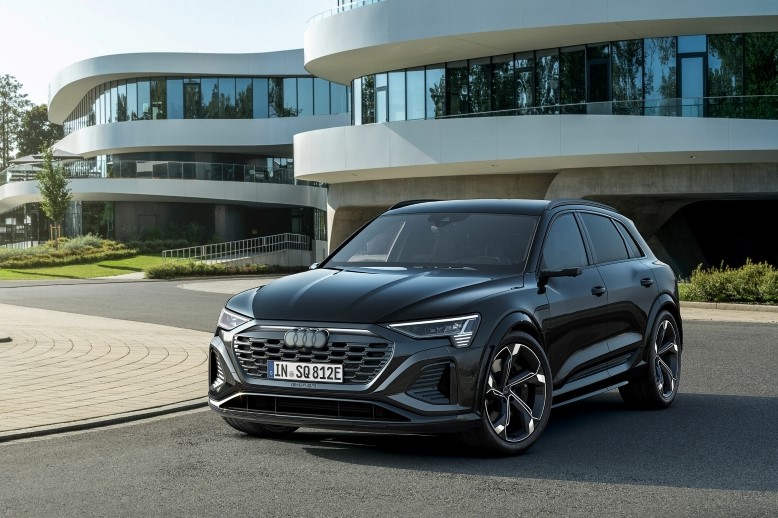
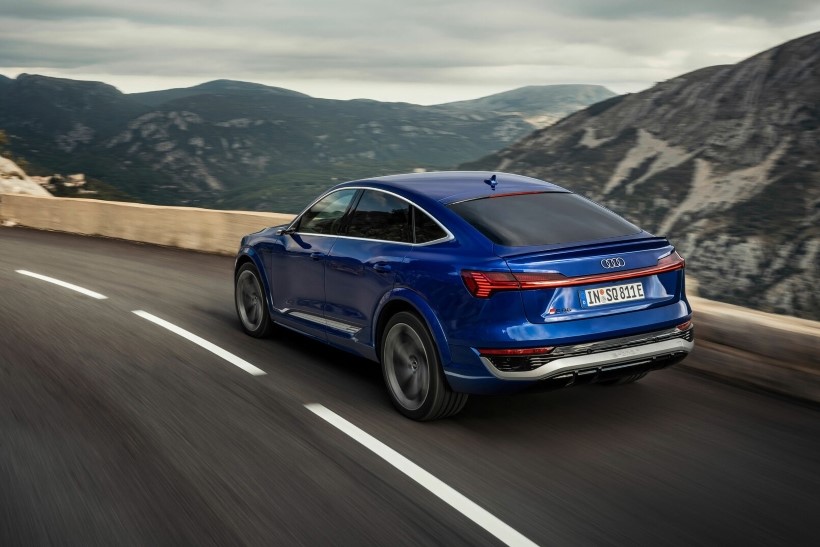
Audi SQ8 e-tron combined electric power consumption in kWh/100 km (62.1 mi): – (NEDC); 28.0–24.6 (WLTP); combined CO2 emissions in g/km (g/mi): 0 (0). Consumption and emissions values are only available according to WLTP and not according to NEFZ for this vehicle.
Audi SQ8 Sportback e-tron combined electric power consumption in kWh/100 km (62.1 mi): – (NEDC); 27.0–23.5 (WLTP); combined CO2 emissions in g/km (g/mi): 0 (0). Consumption and emissions values are only available according to WLTP and not according to NEFZ for this vehicle.
The battery of the SQ8 e-tron has a storage capacity of 106 net kWh (114 gross kWh). At a high-powered charging station, the Audi Q8 50 e-tron reaches a maximum charging performance of 150 kW. With the Q8 55 e-tron and SQ8 e-tron, the maximum charging performance increases to up to 170 kW. The big battery can be charged from ten to 80 percent during a roughly 31-minute charging stop – under ideal conditions, this corresponds to a range of up to 420 kilometers (according to WLTP). At an AC charging station or wallbox, the Audi Q8 e-tron charges at up to 11 kW. Audi offers an optional AC charging performance of up to 22 kW.
For the new Audi Q8 e-tron, the asynchronous motor concept on the rear axle was modified. Instead of 12 coils generating the electromagnetic field, there are now 14. The motor consequently generates a stronger magnetic field with similar electricity input, which in turn allows for more torque. If this isn’t needed, the electric motor requires less energy to generate torque. This lowers consumption and increases range. With the e-tron range’s S model, Audi used a three-motor concept for the first time in large-scale production.
This was refined for the new SQ8 e-tron. A 124-kW electric motor is at work on the front axle. On the rear axle, there are two electric motors each with 98 kW of output that each separately power a rear wheel. This allows for a boost performance of up to 370 kW. The drive torque can be distributed across both rear electric motors between both wheels within a split second.


